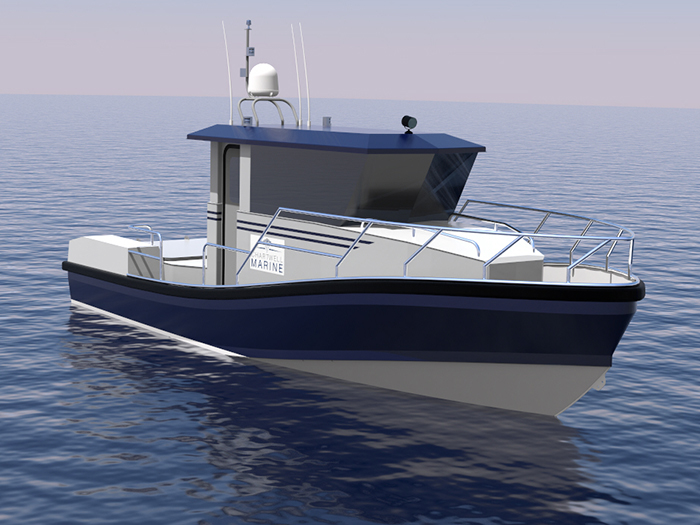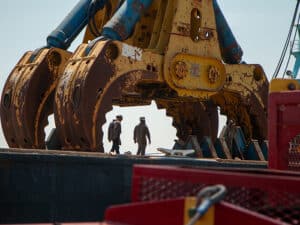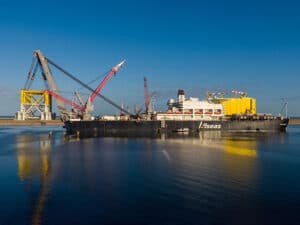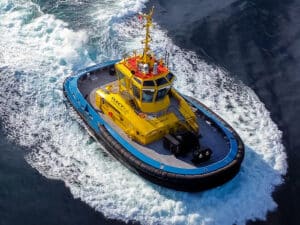
Wight Shipyard unveils hybrid patrol vessel
Written by Nick Blenkey
U.K. shipbuilder Wight Shipyard Co, (WSC) is introducing a hybrid patrol vessel that aims to help operators such as port and river authorities, police, and defense agencies meet strict new pollution limits.
These operators now require a vessel that can operate and switch easily between variable speeds; operating at low speed when environmental consideration is needed in heavily polluted areas and high speed when required.
In addition to lowering pollution, WSC’s new hybrid vessel also lowers both fuel costs and engine maintenance by providing the ability to turn off the main engines for substantial periods of time.
The hybrid vessel is being designed and built in collaboration with Andy Page, naval architect and managing director of Chartwell Marine,
According to Page, the vessel has a unique hybrid system architecture and an innovative new hull form that minimizes drag and resistance throughout the speed range. The hull form results from extensive research undertaken by Chartwell Marine into low speed resistance, enabling efficient performance under both diesel and electrical propulsion.
“Ultimately this hull form, optimized through extensive computational flow dynamics (CFD) testing, allows the operator to maximize time spent on electrical power, with substantial advantages when it comes to reducing total emissions,” says Page. “With one of the first hybrids in build, Chartwell Marine and Wight Shipyard Co. are leading in the development of alternative propulsion and putting a significant amount of R&D work into practice.”
Queensborough, U.K., based Marine and Industrial Transmissions Limited (MIT) and its manufacturing and technology partner Transfluid, are providing the hybrid system for the vessel.
The Transfluid HM560 marine hybrid unit used in the drive configuration delivers ratings of up to 164 kW diesel power and 20 kW electric power. Using rechargeable batteries and an integral battery management system, the unit actively manages power output and charge rate depending on the battery status and condition.
Meanwhile, the control system allows users to easily switch between operating modes. The intelligent software can integrate with other on-board systems for extended control and diagnostics.
“This ground-breaking project aims to set new standards in high speed, fuel economy and light weight vessels in the sector. Building greener vessels has been an integral focus for some time now so moving into hybrid options is the obvious next step forward,” said Peter Morton, CEO, WSC.




